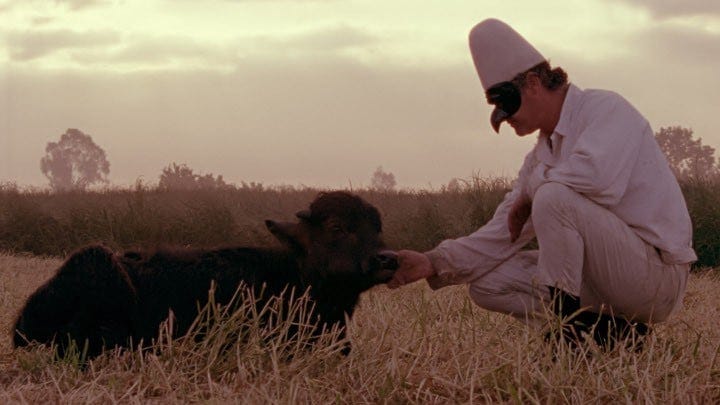‘Lost and Beautiful’ Spins a Mystical Fable from a Heartfelt Documentary with the Help of a Talking Buffalo

“Dreams and fables, though imaginary, should tell the truth.”
This is among the many morals of Lost and Beautiful, a new film directed by Pietro Marcello (The Mouth of the Wolf) and narrated by a buffalo. Its other protagonist is a Pulcinella of the commedia dell’arte tradition, who here serves as an intermediary between the living and the dead. As is pr…
Keep reading with a 7-day free trial
Subscribe to Nonfics to keep reading this post and get 7 days of free access to the full post archives.



